The global Software as a Service (SaaS) market size is poised for substantial growth, with projections indicating an increase from USD 241.83 billion in 2024 to nearly USD 960.79 billion by 2032. This growth, at a compound annual growth rate (CAGR) of 18.82%, is fueled by the increasing adoption of cloud computing, digital transformation initiatives, and the shift from perpetual licensing to subscription-based models.
Market Estimation & Definition
SaaS is a method of delivering software applications over the Internet as a service. Instead of installing and maintaining software, users access it via the Internet, eliminating the need for complex software and hardware management. SaaS applications, also known as web-based or hosted software, run on the provider’s servers, who manages access, security, availability, and performance.
Market Growth Drivers & Opportunities
Several factors are propelling the SaaS market forward:
-
Cloud Computing Adoption: The widespread adoption of cloud infrastructure enables scalable and flexible SaaS solutions, reducing the need for on-premises hardware.
-
Digital Transformation: Businesses across industries are embracing digital tools to enhance efficiency, customer experience, and innovation, driving SaaS adoption.
-
Subscription-Based Models: The shift from perpetual licensing to subscription models offers cost-effective and up-to-date software solutions.
-
Mobile Accessibility: With the rise in mobile device usage, SaaS applications accessible via web browsers or dedicated apps enhance workforce productivity.
Opportunities lie in developing industry-specific SaaS platforms that integrate applications like CRM, business intelligence, supply chain management, and e-commerce systems, tailored to unique business needs.
Segmentation Analysis
The SaaS market encompasses various segments based on application, deployment model, organization size, and industry verticals. Key applications include customer relationship management (CRM), enterprise resource planning (ERP), human capital management (HCM), and collaboration tools. Deployment models range from public and private clouds to hybrid solutions. Organizations of all sizes, from small and medium-sized businesses (SMBs) to large enterprises, utilize SaaS offerings across sectors such as IT, healthcare, finance, retail, and manufacturing.
Country-Level Analysis: USA & Germany
-
USA: The United States leads the global SaaS market, driven by a robust technology ecosystem, high cloud adoption rates, and a culture of innovation. U.S.-based SaaS companies benefit from substantial venture capital investments and a large domestic market eager for digital solutions.
-
Germany: As Europe’s largest economy, Germany exhibits significant SaaS market growth, propelled by the Mittelstand (SMEs) embracing digital transformation. The country’s emphasis on data security and compliance aligns with SaaS providers offering secure and compliant solutions, fostering trust among German enterprises.
Competitor Analysis
The SaaS market is highly competitive, with key players striving to innovate and capture market share. Major companies include Salesforce, Microsoft, Adobe, Oracle, and SAP, each offering a suite of SaaS applications catering to various business needs. These firms invest heavily in research and development to enhance their offerings, integrate advanced technologies like AI and machine learning, and expand their global reach.
to get full report : https://www.maximizemarketresearch.com/market-report/software-as-a-service-saas-market/45115/
The global SaaS market is on a robust growth trajectory, driven by technological advancements, changing business models, and the imperative for digital transformation. As organizations seek scalable, cost-effective, and efficient software solutions, SaaS providers are well-positioned to meet these demands. Continued innovation, strategic partnerships, and a focus on customer-centric solutions will be pivotal in shaping the future of the SaaS industry.



